Roofing Companies Rayleigh
Find the best Roofers in Rayleigh
Get multiple Roofing Contractor quotes for your project today! Compare profiles, reviews, accreditations, portfolio, etc... and choose the best service.
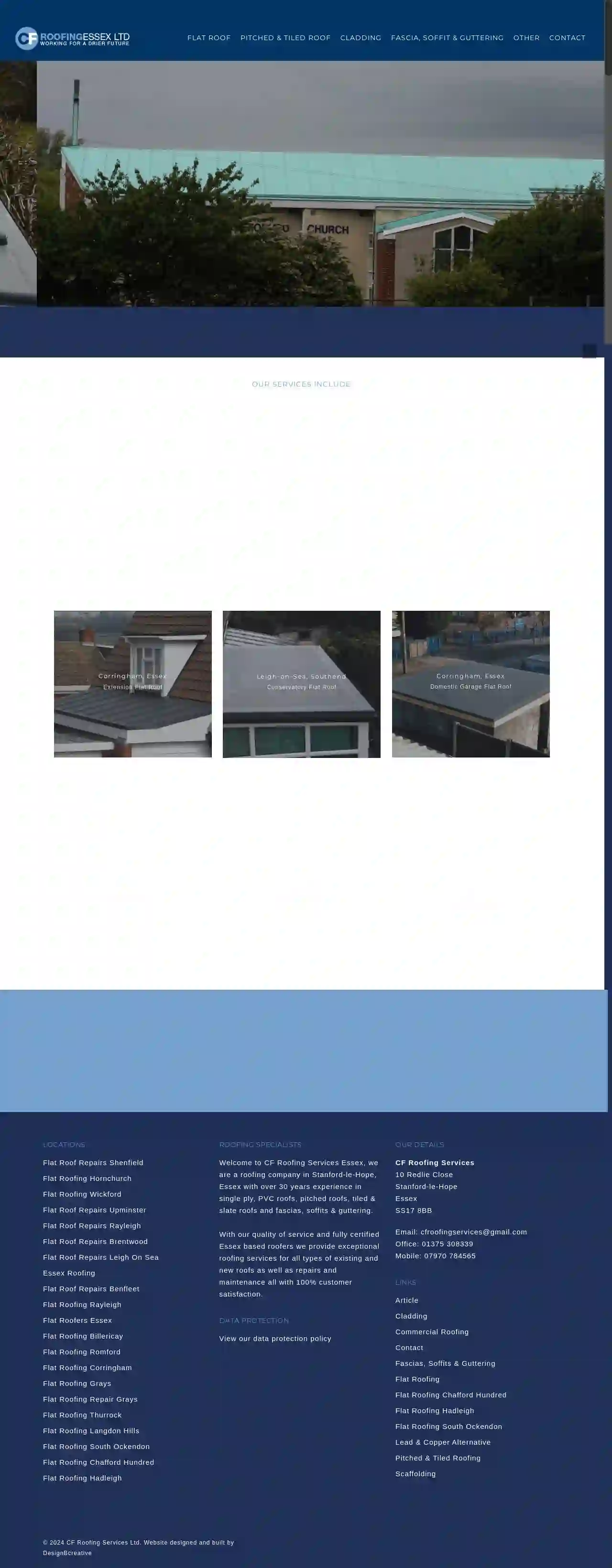
CF Roofing Services
4.73 reviews10 Redlie Close, Stanford-le-Hope, SS17 8BB, GBWelcome to CF Roofing Services in Essex, we are a roofing company in Stanford-le-Hope, Essex with over 30 years experience in Single ply and PVC Roofs, Pitched Roofs, Tiled & Slate Roofs and Fascias, Soffits & Guttering. With our quality of service and fully certified Essex based roofers we provide exceptional roofing services for all types of existing and new roofs as well as repairs and maintenance all with 100% customer satisfaction.
- Services
- Why Us?
- Gallery
Get Quote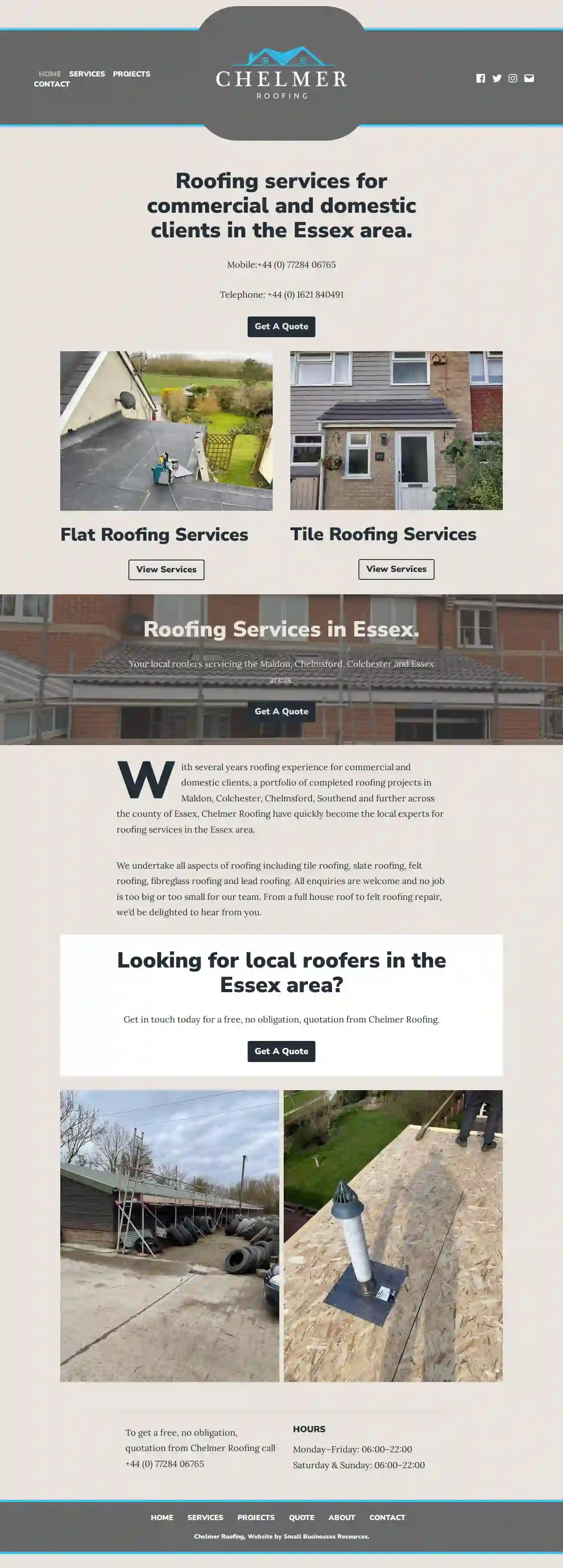
Chelmer Roofing
4.820 reviewsGBChelmer Roofing is a roofing company based in Maldon, Essex, serving both commercial and domestic clients. With several years of experience, they have completed numerous roofing projects across Essex, including Maldon, Colchester, Chelmsford, Southend, and beyond. Chelmer Roofing specializes in all aspects of roofing, such as tile roofing, slate roofing, felt roofing, fibreglass roofing, and lead roofing. They handle projects of all sizes, from full house roofs to small repairs. For a free, no-obligation quote, contact Chelmer Roofing today.
- Services
- Why Us?
- Gallery
Get Quote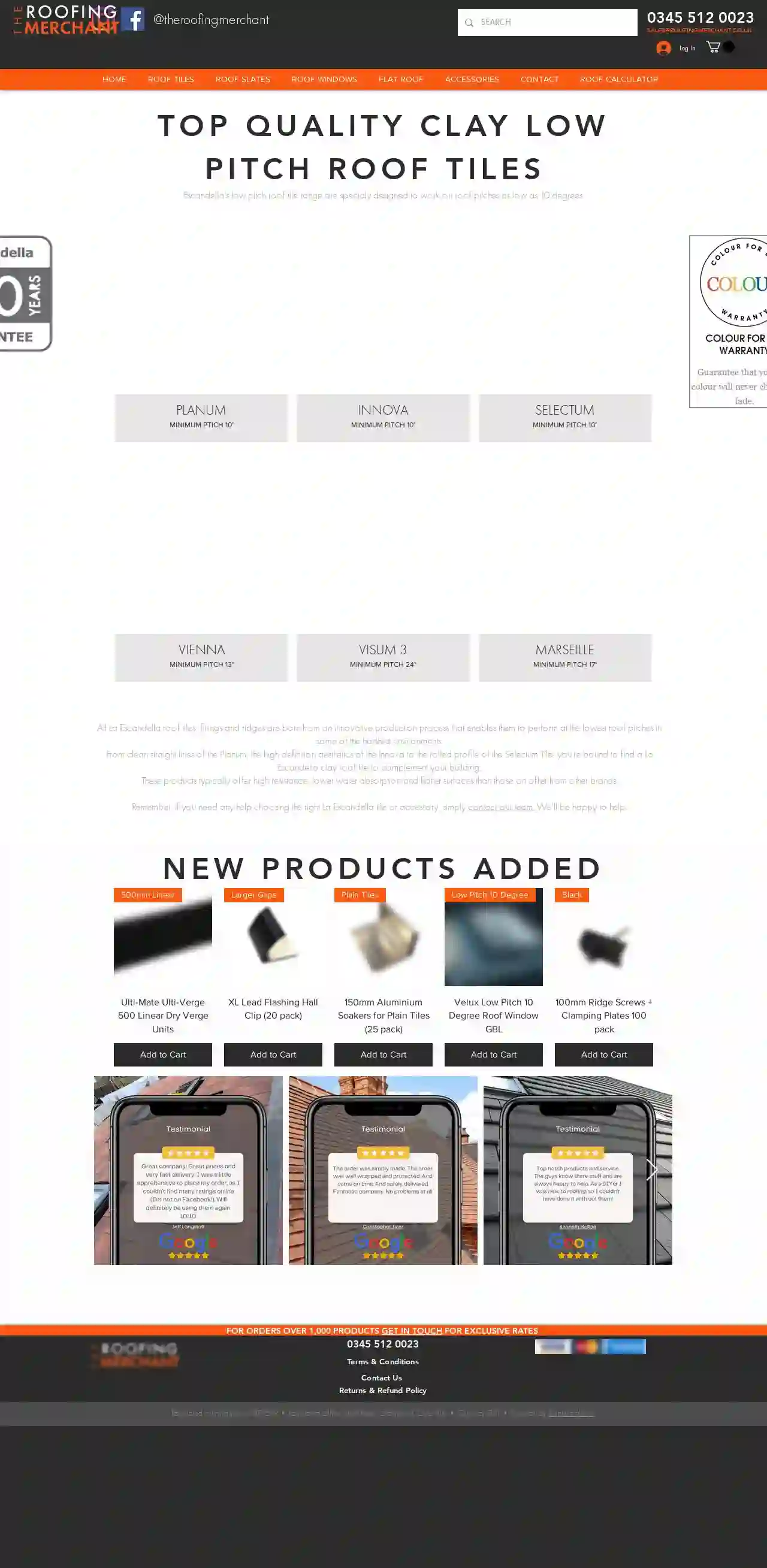
The Roofing Merchant
4.97 reviewsChelmsford, GBLa Escandella's low pitch roof tile range are specialy designed to work on roof pitches as low as 10 degrees. All La Escandella roof tiles, fittings and ridges are born from an innovative production process that enables them to perform at the lowest roof pitches in some of the harshest environments. From clean straight lines of the Planum, the high definition aesthetics of the Innova to the rolled profile of the Selectum Tile, you’re bound to find a La Escandella clay roof tile to complement your building. These products typically offer high resistance, lower water absorption and flatter surfaces than those on offer from other brands.
- Services
- Why Us?
- Gallery
Get Quote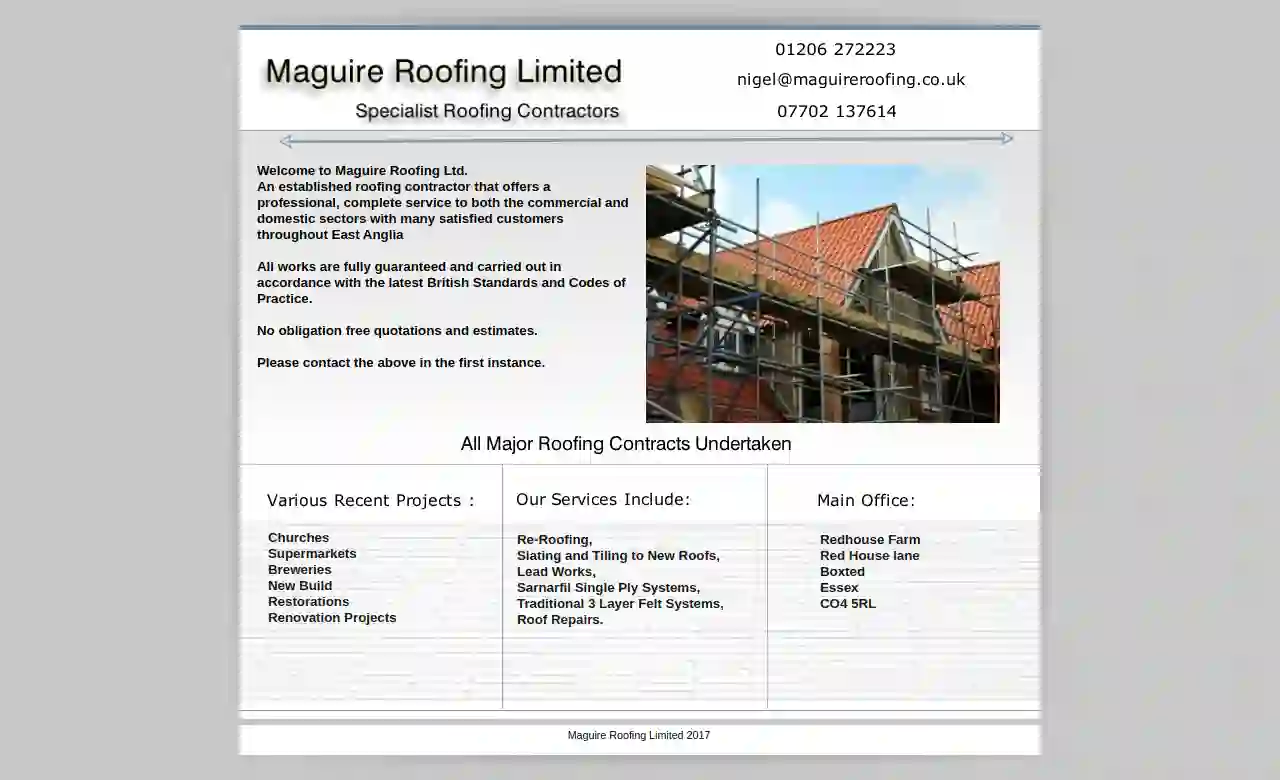
Maguire Roofing Ltd
Red House lane, Redhouse Farm, Boxted, CO4 5RL, GBWelcome to Maguire Roofing Ltd. An established roofing contractor that offers a professional, complete service to both the commercial and domestic sectors with many satisfied customers throughout East Anglia. All works are fully guaranteed and carried out in accordance with the latest British Standards and Codes of Practice. No obligation free quotations and estimates. Please contact the above in the first instance.
- Services
- Why Us?
- Gallery
Get Quote
Harlow Roofs
Harlow, GBHarlow Roofs is a professional roofing company serving the Essex area with over 20 years of experience. We offer a comprehensive range of roofing services, from emergency call-outs to planned roof maintenance, for both domestic and commercial clients. Our team of experienced and trained roofers is dedicated to delivering the highest quality workmanship and personal service, ensuring 100% customer satisfaction. We pride ourselves on providing fast, free, no-obligation quotes, a no call-out charge, and complete roof renewals fully guaranteed. We are committed to providing reliable, trusted, and respected service, addressing all your roofing needs with expertise and care.
- Services
- Why Us?
- Our Team
- Testimonials
- Gallery
Get Quote
WP.Roofing
55 reviewsThe Colchester Centre, Hawkins Road, Colchester, CO2 8JX, GBWP Roofing are a locally run business based in Colchester. We offer a range of services from simple repairs to extensive refurbishment projects and general maintenance. We have many years experience in all aspects of traditional and contemporary roofing and construction. With attention to detail and customer satisfaction at the heart of what we do, we are pleased to serve Colchester and Essex. Our services include natural slate roofing, lead work, chimney repairs and commercial maintenance.
- Services
- Why Us?
- Gallery
Get Quote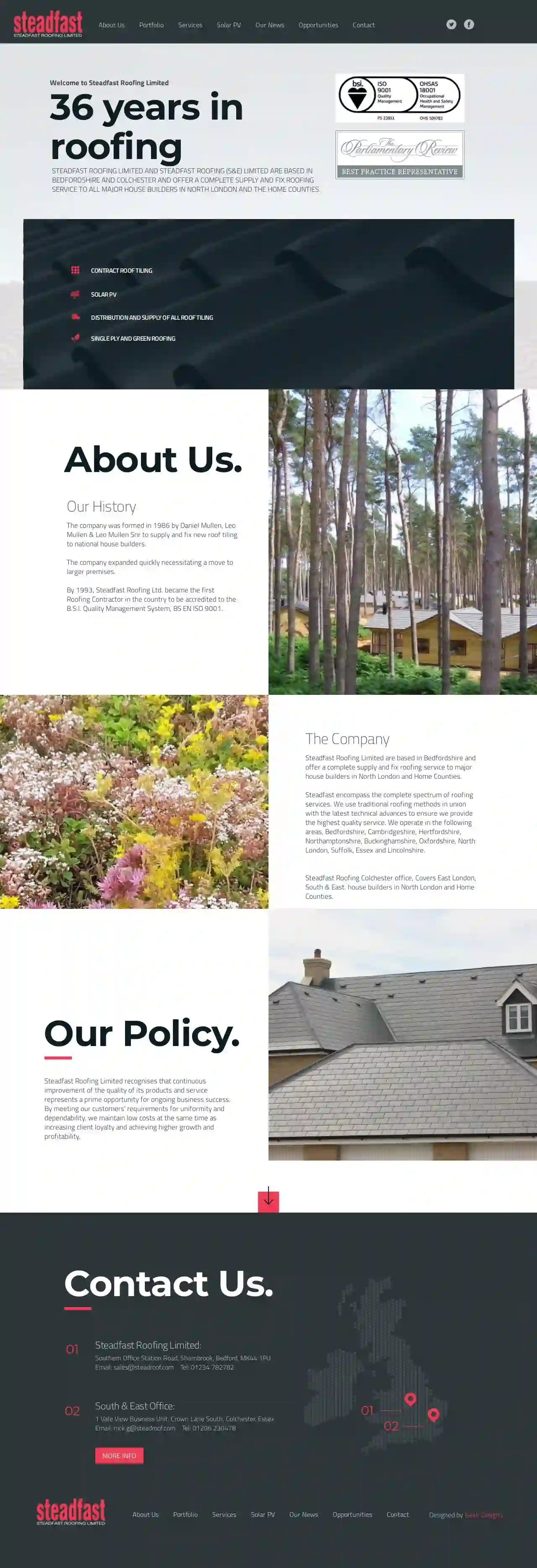
Steadfast Roofing (S&E)
Southern Office, Station Road, Sharnbrook, MK44 1PUE, GBSteadfast Roofing Limited and steadfast roofing (S&E) LIMITED are based in Bedfordshire and Colchester and offer a complete supply and fix roofing service to ALL major house builders in North London and the Home Counties. The company was formed in 1986 by Daniel Mullen, Leo Mullen & Leo Mullen Snr to supply and fix new roof tiling to national house builders. The company expanded quickly necessitating a move to larger premises. By 1993, Steadfast Roofing Ltd. became the first Roofing Contractor in the country to be accredited to the B.S.I. Quality Management System, BS EN ISO 9001. Steadfast Roofing Limited are based in Bedfordshire and offer a complete supply and fix roofing service to major house builders in North London and Home Counties. Steadfast encompass the complete spectrum of roofing services. We use traditional roofing methods in union with the latest technical advances to ensure we provide the highest quality service. We operate in the following areas, Bedfordshire, Cambridgeshire, Hertfordshire, Northamptonshire, Buckinghamshire, Oxfordshire, North London, Suffolk, Essex and Lincolnshire. Steadfast Roofing Colchester office, Covers East London,South & East. Steadfast Roofing Limited recognises that continuous improvement of the quality of its products and service represents a prime opportunity for ongoing business success. By meeting our customers' requirements for uniformity and dependability, we maintain low costs at the same time as increasing client loyalty and achieving higher growth and profitability.
- Services
- Why Us?
- Accreditations
- Gallery
Get Quote- Ba
Baker Roofing Services
4.813 reviewsHarlow, GBUnfortunately, the provided website does not contain a detailed description of the business, including history, mission, services, team, and experience.
- Services
- Why Us?
- Gallery
Get Quote 
Maldon Roofing Services Ltd
4.819 reviewsBasildon, GBMaldon Roofing is a specialist roofing company based in Maldon, Essex. We offer a wide range of roofing services, including domestic, industrial, and commercial roofing. Our team of experienced roofers are fully qualified and trained to carry out all types of roofing work, from repairs and maintenance to installations and restorations. We pride ourselves on our attention to detail, high-quality workmanship, and excellent customer service. Whether you need a new roof, repairs, or maintenance, we are the perfect choice for all your roofing needs in Essex and beyond.
- Services
- Why Us?
- Accreditations
- Gallery
Get Quote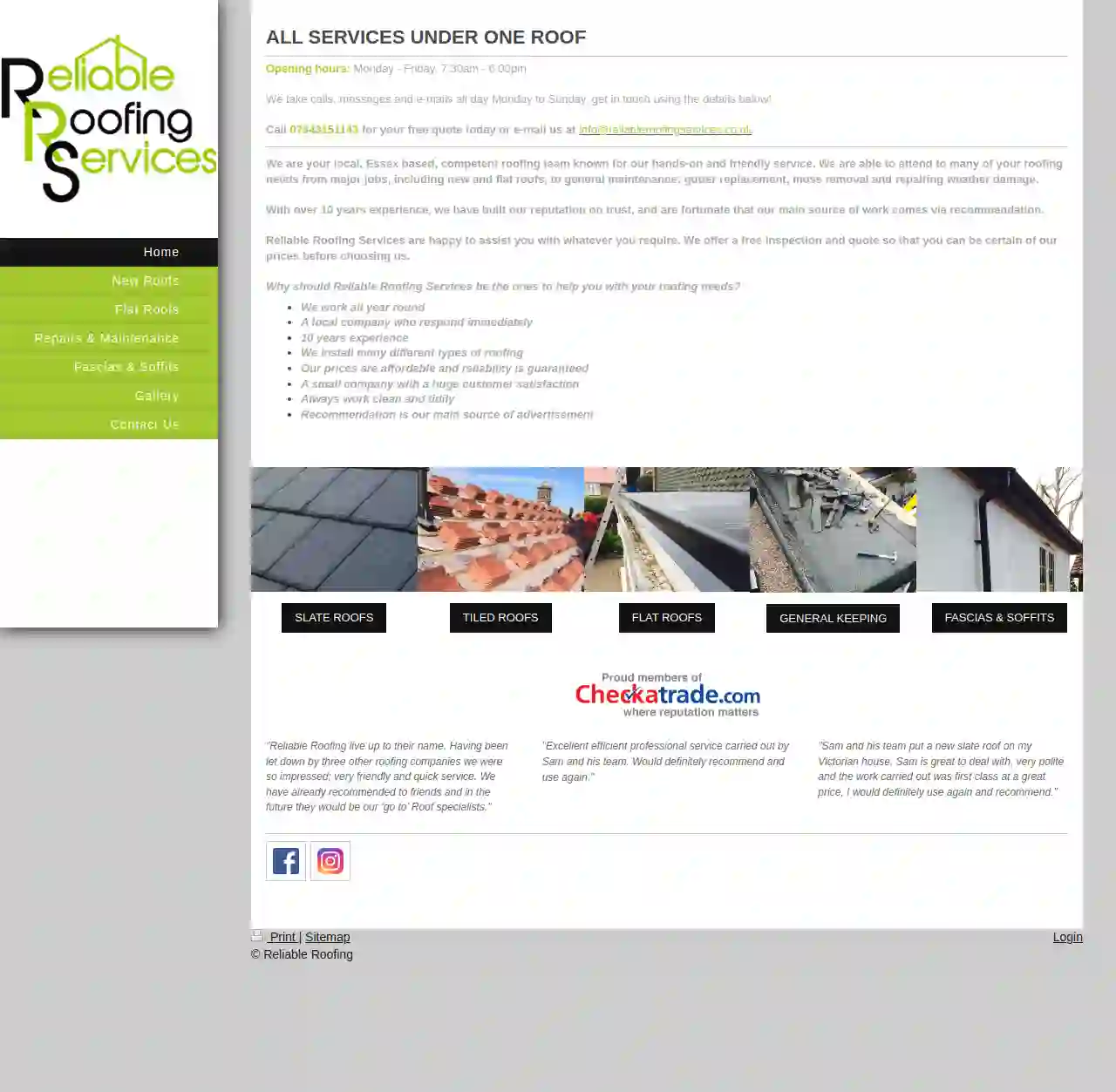
Reliable Roofing Services
514 reviewsGBWe are your local, Essex based, competent roofing team known for our hands-on and friendly service. We are able to attend to many of your roofing needs from major jobs, including new and flat roofs, to general maintenance: gutter replacement, moss removal and repairing weather damage.With over 10 years experience, we have built our reputation on trust, and are fortunate that our main source of work comes via recommendation.Reliable Roofing Services are happy to assist you with whatever you require. We offer a free inspection and quote so that you can be certain of our prices before choosing us. Why should Reliable Roofing Services be the ones to help you with your roofing needs? We work all year round A local company who respond immediately 10 years experience We install many different types of roofing Our prices are affordable and reliability is guaranteed A small company with a huge customer satisfaction Always work clean and tidily Recommendation is our main source of advertisement
- Services
- Why Us?
- Our Team
- Testimonials
- Gallery
Get Quote
Over 12,314+ Roofing Businesses on our directory
Our roofing contractors operate in Rayleigh and surrounding areas!
Roofyng.co.uk has curated and vetted the Best Roofing Businesses arround Rayleigh. Find the most reliable business today.
Frequently Asked Questions About Roofing Companies
- Experience: Companies with a solid track record and years of experience in the industry.
- Licensing and Insurance: Verify they are properly licensed to operate in your area and carry adequate insurance to protect you from liability.
- Certifications: Look for certifications from reputable organizations, demonstrating expertise in specific roofing materials or techniques.
- Positive Reviews: Check online reviews and testimonials from previous customers.
- Professionalism: Choose a company that communicates clearly, provides detailed estimates, and has a courteous and responsive team.
- Leaks or Water Stains: Water stains on ceilings or walls, dripping water, or dampness in the attic.
- Missing, Cracked, or Curled Shingles: Inspect for damaged or missing shingles, especially after a storm.
- Damaged Flashing: Look for rust, corrosion, or gaps in flashing around chimneys, vents, or skylights.
- Sagging or Uneven Rooflines: A sagging roof could indicate structural problems.
- Granule Loss: Excessive granules in gutters suggest aging asphalt shingles.
- Moss or Algae Growth: Can trap moisture and damage roofing materials.
How do I find a good roofing company?
What is fascia, and why is it important?
What are some common signs of roof damage?
What is the difference between a roofer and a general contractor?
Roofer: Specializes in roof installations, repairs, and replacements. They have expertise in roofing materials, techniques, and safety practices specific to roofing.
General Contractor: Oversees and manages entire construction projects, including hiring and coordinating subcontractors, such as roofers, electricians, plumbers, etc. They handle overall project planning, scheduling, and budgeting.
For roofing projects, it's generally best to hire a roofing contractor who specializes in roof work.
How do I find a good roofing company?
- Experience: Companies with a solid track record and years of experience in the industry.
- Licensing and Insurance: Verify they are properly licensed to operate in your area and carry adequate insurance to protect you from liability.
- Certifications: Look for certifications from reputable organizations, demonstrating expertise in specific roofing materials or techniques.
- Positive Reviews: Check online reviews and testimonials from previous customers.
- Professionalism: Choose a company that communicates clearly, provides detailed estimates, and has a courteous and responsive team.
What is fascia, and why is it important?
What are some common signs of roof damage?
- Leaks or Water Stains: Water stains on ceilings or walls, dripping water, or dampness in the attic.
- Missing, Cracked, or Curled Shingles: Inspect for damaged or missing shingles, especially after a storm.
- Damaged Flashing: Look for rust, corrosion, or gaps in flashing around chimneys, vents, or skylights.
- Sagging or Uneven Rooflines: A sagging roof could indicate structural problems.
- Granule Loss: Excessive granules in gutters suggest aging asphalt shingles.
- Moss or Algae Growth: Can trap moisture and damage roofing materials.
What is the difference between a roofer and a general contractor?
Roofer: Specializes in roof installations, repairs, and replacements. They have expertise in roofing materials, techniques, and safety practices specific to roofing.
General Contractor: Oversees and manages entire construction projects, including hiring and coordinating subcontractors, such as roofers, electricians, plumbers, etc. They handle overall project planning, scheduling, and budgeting.
For roofing projects, it's generally best to hire a roofing contractor who specializes in roof work.